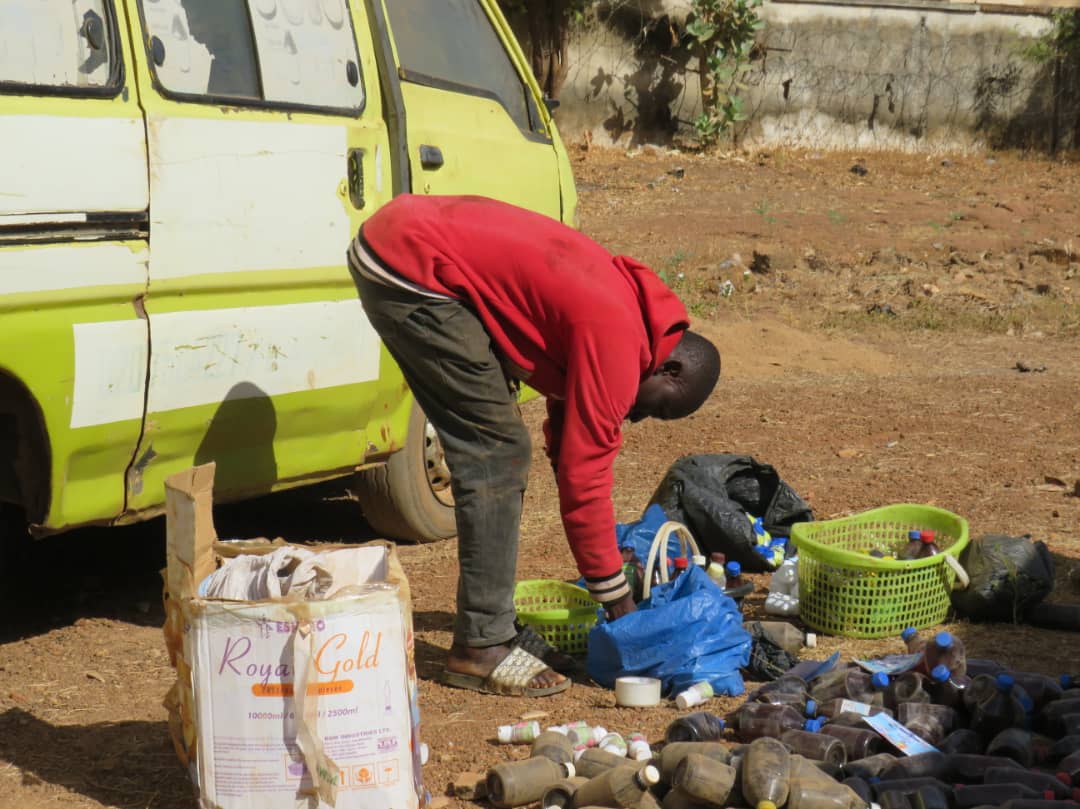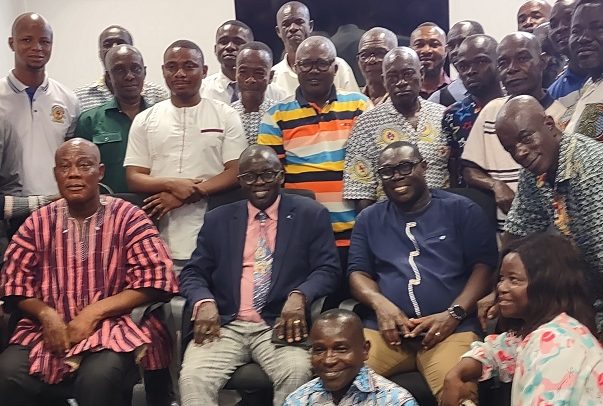
The Ghana Health Service (GHS) today begins a mass drug administration (MDA) for the control and prevention of some neglected tropical diseases (NTDs) across the country.
The exercise will specifically target two NTDs; elephantiasis and river blindness (onchocerciasis), in 126 endemic districts in the country.
At a media engagement in Accra on Friday to announce the move, Acting Director General of the GHS, Dr Patrick Aboagye, explained that of the districts where prevalence was high, 15 would be administered drugs for the control of elephantiasis, 120 for river blindness and in nine other districts, drugs for both diseases would be given.
Though he pointed out that elephantiasis had been 'broken' in 83 out of 98 elephantiasis endemic districts, 15 more hot spot districts remained hence the need to accelerate action in breaking transmission in such areas.
"As at last year, an assessment of river blindness situation in the country revealed that more districts would have to receive MDA and thus increasing the number of endemic districts slated for onchocerciasis MDA from 85 to 120.
What it means is that all hands must be on deck to respond to the upscaling of onchocerciasis epidemic," he urged.
According to Dr Aboagye, the GHS thorough the Neglected Tropical Diseases Programme (NTDP) had adopted three main strategies for the elimination of NTDs including MDA, clinical management of all cases of morbidity and enhancing health education mostly in affected areas.
Moving forward, the Acting DG urged the programme to intensify collaboration with all stakeholders in increase uptake of MDA while improving on social mobilisation, learn from best practices elsewhere and motivate volunteers to improve outcomes.
Dr Benjamin Marfo, NTDs Programme Manager, pointed out that Ghana was endemic in all five NTDs which employ MDA for their control namely elephantiasis, river blindness, trachoma, bilharzia and soil transmitted helminthiasis (STH).
Giving a breakdown of the prevalence of NTDs, Dr Marfo said elephantiasis was endemic in 98 districts of the country, affecting about 12 million of the population with river blindness common in nine out of 10 regions of Ghana.
"Trachoma is endemic in two regions, specifically 37 districts, bilharzia is mapped and endemic in all districts and regions and STH is endemic in all districts," he revealed.
Dr Marfo mentioned challenges facing the programme including community inertia to drug intake, poor social mobilisation, apathy on the part of volunteers and decreased political commitment, adding his voice to pleas for support particularly funding to eliminate NTDs.
The National NTD Ambassador, Dr Joyce Aryee called for concerted efforts in encouraging basic hygienic practices at the community level to minimise incidence of NTDs.
"Though tropical diseases do not cause much death, we cannot afford to be complacent in tackling it because its consequences are very debilitating and accounts for the high poverty rates we find in this country.
NTDs are a group of 20 infectious and parasitic diseases found in very impoverished parts of the world and largely promote the cycle of poverty.
Of the world's 20 commonest NTDs, Ghana has 14, mostly concentrated in remote rural areas and urban slums with an estimated 25 million Ghanaians at risk of contracting one or more NTDs.
Read Full Story
























Facebook
Twitter
Pinterest
Instagram
Google+
YouTube
LinkedIn
RSS